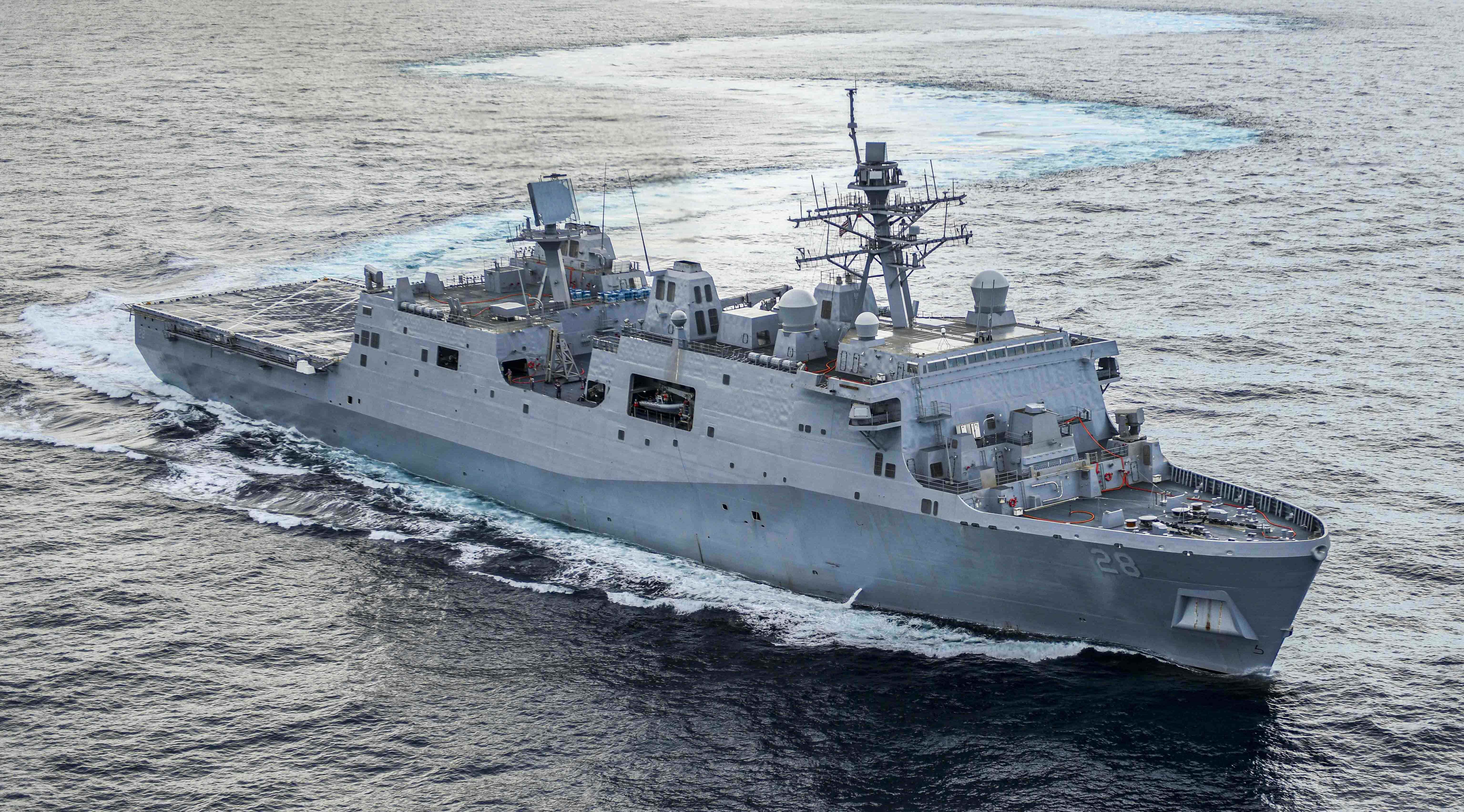The following is the Sept. 16, 2020 Congressional Research Service report, Navy Force Structure and Shipbuilding Plans: Background and Issues for Congress.
From the report
The current and planned size and composition of the Navy, the annual rate of Navy ship procurement, the prospective affordability of the Navy’s shipbuilding plans, and the capacity of the U.S. shipbuilding industry to execute the Navy’s shipbuilding plans have been oversight matters for the congressional defense committees for many years.
In December 2016, the Navy released a force-structure goal that calls for achieving and maintaining a fleet of 355 ships of certain types and numbers. The 355-ship goal was made U.S. policy by Section 1025 of the FY2018 National Defense Authorization Act (H.R. 2810/P.L. 115-91 of December 12, 2017). The Navy and the Department of Defense (DOD) have been working since 2019 to develop a successor for the 355-ship force-level goal. The new goal is expected to introduce a new, more distributed fleet architecture featuring a smaller proportion of larger ships, a larger proportion of smaller ships, and a new third tier of large unmanned vehicles (UVs).
On June 17, 2021, the Navy released a long-range Navy shipbuilding document that presents the Biden Administration’s emerging successor to the 355-ship force-level goal. The document calls for a Navy with a more distributed fleet architecture, including 321 to 372 manned ships and 77 to 140 large UVs. A September 2021 Congressional Budget Office (CBO) report estimates that the fleet envisioned in the document would cost an average of between $25.3 billion and $32.7 billion per year in constant FY2021 dollars to procure. These figures, the report states, are 10% to 43% higher the $22.9 billion in constant FY2021 dollars that Congress has appropriated, on average, for all Navy shipbuilding activities over the past five years.
The Navy’s proposed FY2022 budget requests the procurement of eight new ships, including two Virginia-class attack submarines (SSNs); one Arleigh Burke (DDG-51) class destroyer; one Constellation (FFG-62) class frigate; one John Lewis (TAO-205) class oiler; two TATS towing, salvage, and rescue ships; and one TAGOS(X) ocean surveillance ship. The total of eight new ships requested for FY2022 is one more than the total of seven new ships that were projected for FY2022 under the Navy’s FY2021 budget submission, about two less than steady-state replacement rate for a 355-ship Navy (which is about 10 ships per year), and four less than the 12 new ships shown in a long-range shipbuilding document that Trump Administration submitted on December 9, 2020.
The Navy’s proposed FY2022 budget requests $18.1 billion for construction of new ships within its shipbuilding budget (the Shipbuilding and Conversion, Navy, or SCN, appropriation account), compared with $17.8 billion for construction of new ships within the SCN account projected for FY2022 under the Navy’s FY2021 budget submission, $22.8 billion in FY2022 for construction of new ships within the SCN account in the December 9, 2020, document, and an enacted FY2021 total of $20.1 billion for the construction of new ships within the SCN account.
The issue for Congress is whether to approve, reject, or modify the Navy’s force-level goal, its proposed FY2022 shipbuilding program, and its longer-term shipbuilding plans. Key questions for Congress include the following: Is the Navy’s emerging force-level goal appropriate for supporting U.S. national security strategy and U.S. national defense strategy? Is the more distributed fleet architecture envisioned by the Navy the most cost effective fleet architecture for meeting future mission needs? Is the Navy’s proposed FY2022 shipbuilding program consistent with the Navy’s emerging force-level goal? Given finite defense resources and competing demands for defense funds, what is the prospective affordability of the Navy’s shipbuilding plans? Does the U.S. shipbuilding industry, including both shipyards and supplier firms, have adequate capacity for executing the Navy’s shipbuilding plans?
Download the document here.





